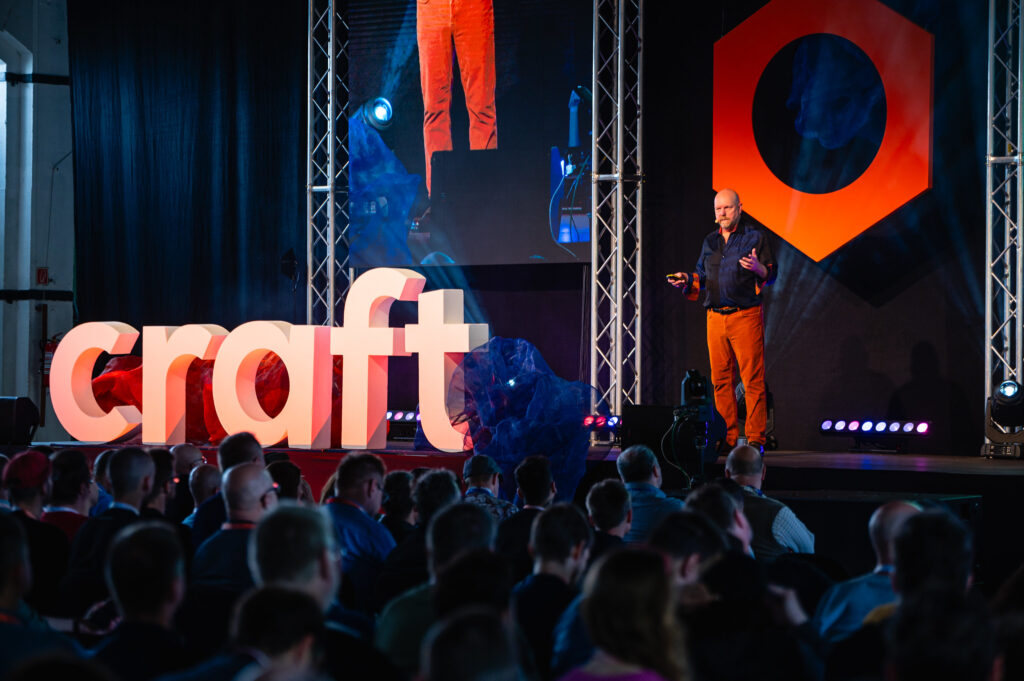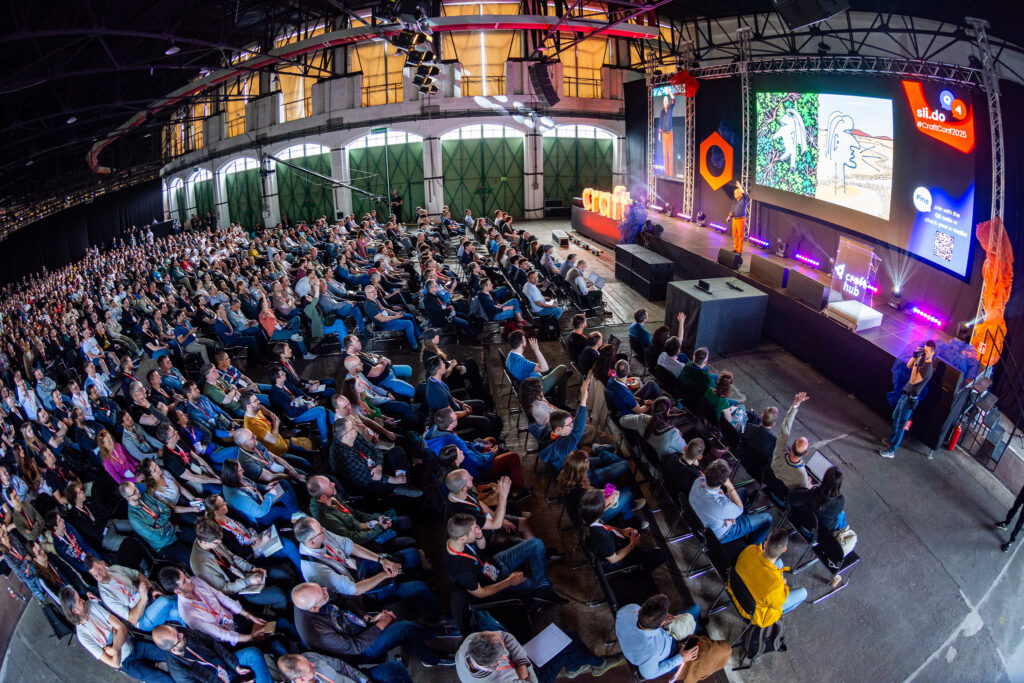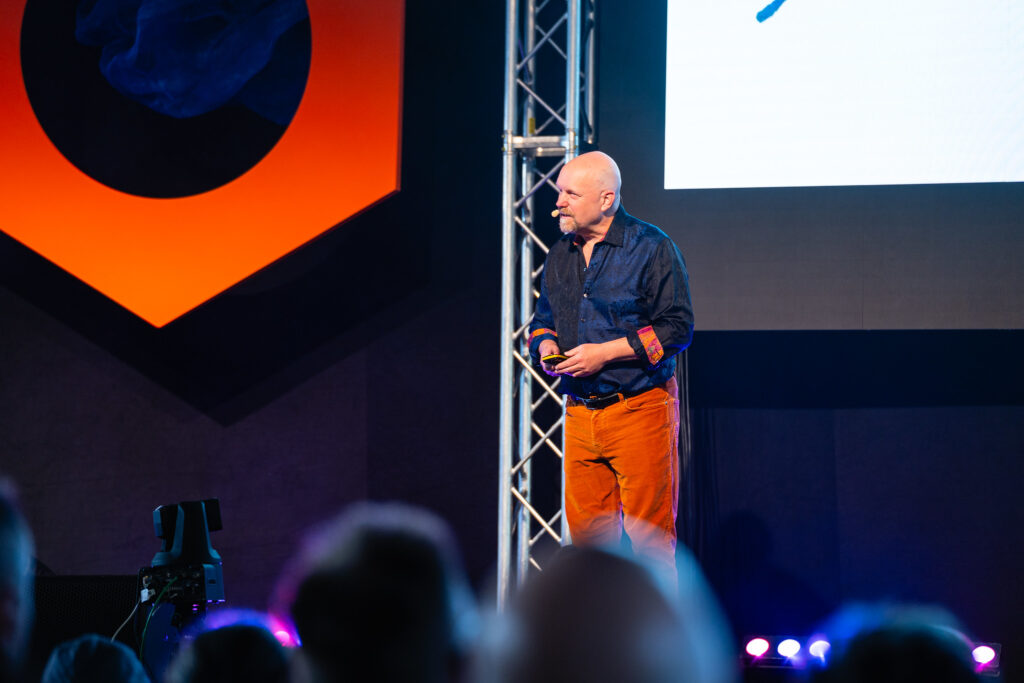Author: Mădălina Pavel
At this year’s Craft Conference in Budapest, renowned software engineer and Agile pioneer Kent Beck delivered a keynote that stood out not through technical detail, but through metaphor. His talk, “The Forest and the Desert Are Parallel Universes,” reimagined leadership, productivity, and organizational culture through two starkly contrasting environments: the forest and the desert.
This wasn’t just a poetic analogy. Beck’s metaphor reveals how companies build processes, how teams are led, and why organizations often fail — not because of incompetence, but because they try to apply the rules of one universe in the terrain of another.

Context Over Competence
Beck traces the metaphor back to the early 2000s, during the height of Extreme Programming. He recalls working in a high-performing team: skilled, aligned, and productive. And yet, the entire team was let go.
It wasn’t underperformance. On the contrary, they were delivering quality software. But their success didn’t align with what the company valued at the time. From this came Beck’s provocative question:
“If we know how to do everything, will anyone still want us?”
The realization that followed forms the basis of his metaphor:
“The problem is rarely the problem. The problem is the context.”
Two Worlds: The Forest and the Desert
Beck presents the forest and the desert as two fundamentally different universes of work.
🌵 The Desert
The desert is structured, urgent, and survival-driven. Inspired by Hobbes’s view of people as selfish and in need of control, it emphasizes predictability, pressure, and authority.
-
Leadership relies on deadlines, metrics, and consequences.
-
Planning is rigid; dependencies shift blame.
-
Metrics are manipulated to avoid accountability.
In this world, leadership feels easier — but only because it runs on fear and scarcity. Success may even be punished, as exceeding expectations can disrupt hierarchies.
🌲 The Forest
The forest, by contrast, is alive, unpredictable, and collaborative. Grounded in Rousseau’s belief that people are inherently good, it values trust, purpose, and shared accountability.
-
Leadership fosters autonomy within a shared vision.
-
Planning is adaptive: half structured, half emergent.
-
Dependencies are minimized to enable learning and speed.
-
Accountability is celebrated, not enforced.
The forest is harder to lead — there are no clear paths or guaranteed outcomes. But it is where real innovation and lasting value grow.
As Beck puts it:
“Without the roots, you won’t get the fruits.”
Communication and Metrics: Lost in Translation
Many organizational struggles come from working in different “places.” As Beck notes:
“We didn’t fail to communicate — we communicated in two different places.”
In the desert, metrics are weaponized to enforce control. In the forest, they are learning tools — guiding better decisions rather than replacing them. Dependencies, too, diverge: deserts use them to diffuse responsibility, while forests avoid them to preserve agility.
The Challenge of Leadership
The contrast between universes is clearest in leadership.
-
In the desert, leadership is straightforward: goals are imposed, urgency is the motivator, and enforcement is the method.
-
In the forest, leadership is subtle: leaders enable rather than command, align values with goals, and help communities thrive.
The forest may be messy and slow, but it is where deep value and resilient teams take root.
From Survival to Purpose
Beck doesn’t dismiss the desert entirely. Its urgency and structure matter in critical, high-risk contexts. As he admits:
“The forest made me appreciate the desert.”
The key is recognizing that these are not variations on a single theme. They are parallel universes. Confusing one for the other creates conflict, misalignment, and failure.
Even if you can’t escape the desert, you can bring a forestry mindset into it:
-
Use metrics as insight, not weapons.
-
Encourage accountability, even under pressure.
-
Build trust and purpose inside rigid structures.
Conclusion
Kent Beck’s forest and desert metaphor moves beyond the surface debates of agile versus traditional management. It offers a framework for understanding context, culture, and consequence.
The question isn’t which universe is better, but which one you’re in — and whether your methods fit the terrain.
You don’t always choose the landscape.
But you can choose how to navigate it.


